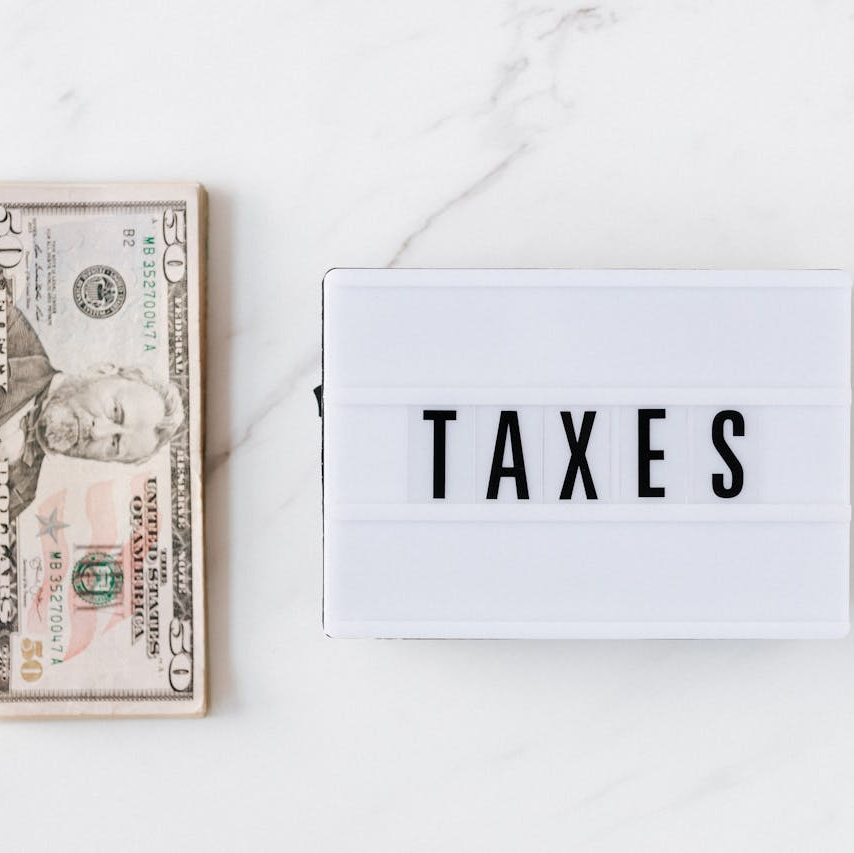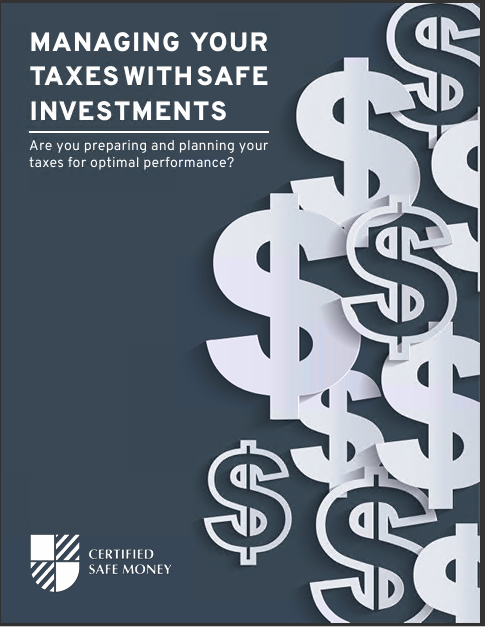Americans speculate whether recent market downturns have extended their working life by unneeded years. So whether you want to retire in 10 years or less, you might be closely monitoring Wall Street to see if there is still time for a rebound.
It’s only reasonable to ask how much it will cost to reach and enjoy your senior years when inflation still pushes the costs of almost everything high.
According to a recent Northwestern Mutual research, Americans anticipate needing $1.25 million to retire comfortably. Comparing that amount to the $1.05 million respondents mentioned last year, there has been a 20% rise.
That may not be good news for people whose retirement funds have decreased due to the persistently high inflation and market volatility in recent months. According to a poll by Northwestern Mutual, the average retirement nest egg has reduced by 11% to $86,869 from $98,800 a year earlier.
On Tuesday, the company released the results of a poll of 2,381 Americans aged 18 and over completed online in February. By the time of publication, Northwestern Mutual was unavailable for comment.
In addition to the Bankrate.com study, which indicated that 55% of working Americans believe they are falling behind on their retirement savings due to rising prices, Northwestern Mutual also released a report.
According to Bankrate.com, working baby boomers aged 58 to 76 were most likely to report feeling behind, with 71% saying so. Many people near retirement said they wished they had begun saving sooner. Why do individuals intend to work more hours?
According to Northwestern Mutual’s study, 25% of those who responded to the study plan to retire later than initially planned.
The primary reason given by 59% of respondents was that they wanted to keep working and save money.
Concerns about escalating and unforeseen medical expenses accounted for 45% of other causes. A quarter, 26%, is caring for a friend or relative, and 24% have had to draw on their retirement funds.
In addition, 15% of respondents said they intended to retire early, according to the study. Spending more time with family and loved ones was the primary motivation, indicated by 44% of respondents.
Other reasons for retiring later included prioritizing personal goals over saving more money (34%); being financially able to do so (32%); focusing on priorities and extracurricular activities (28%); receiving a buyout or other incentive plan (22%), or changing jobs (22%). Americans don’t save enough money.
First, a harsh reality: Far too many working individuals aren’t saving enough for retirement, regardless of deadlines. According to a Society of Actuaries research, between $0 and $100,000 in investments and retirement savings was the amount Gen Xers (those born between 1965 and 1980) reported having saved. Given how close to retirement they are, that is much below what many financial advisors suggest.
Over 40% of “early boomers,” or people who would have been in their teens or early 20s in the 1960s, reported similar savings amounts.
You can retire comfortably with some preparation and perseverance, as well as some catching up on your funds. Plan ahead
No financial professional is required to take charge of your retirement plans; however, a broad understanding of market dynamics certainly helpsâ€â€an accredited financial consultant steps in at this point. In addition, there are free alternatives if you believe you cannot afford one.
The easiest way to achieve this is via automatic, tax-friendly investing vehicles like 401(k) plans that are boosted by company matching, according to advisors who often tell clients that it pays to pay yourself firstâ€â€not having access to a 401(k) plan? Instead, think about setting up automatic payments from your bank account to a Roth IRA, which will invest your money before you may spend it carelessly on less essential things. Maximize your savings
Consider funding your savings accounts if you have enough money after paying your monthly expenses and debts.
Individuals can contribute up to $22,500 to their 401(k) plans as of January, and the contribution limit for their Individual Retirement Accounts (IRAs) will increase to $6,500. In addition, investors over 50 can save up to $36,500 a year through “catch-up” contributions to their 401(k), 403(b), most 457 plans, and the federal government’s Thrift Savings Plan.
Contact Information:
Email: croweassoc@gmail.com
Phone: 6023128944














